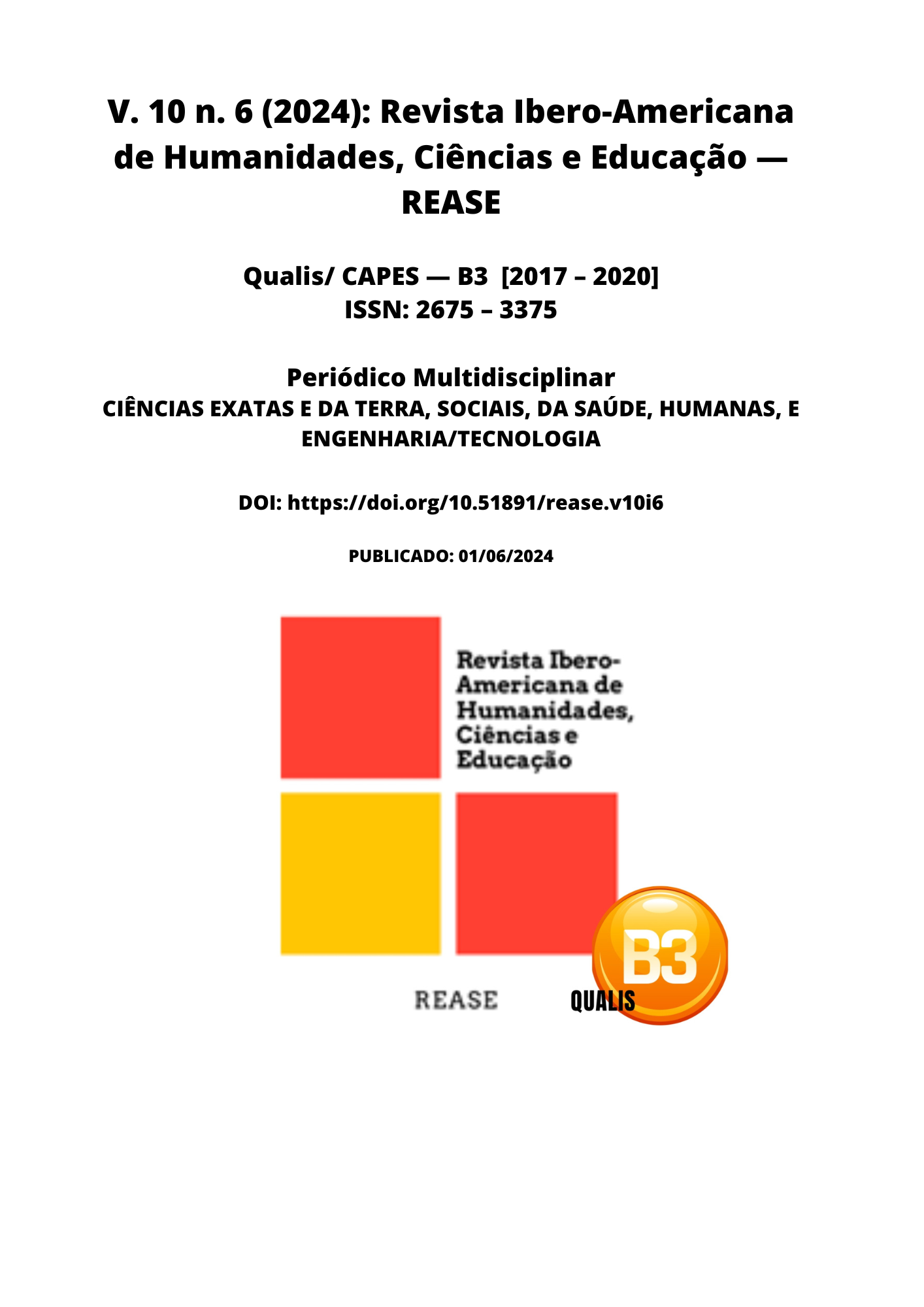THE PERFORMANCE OF PHYSIOTHERAPY IN PROGRESSIVE MYOCLONUS 2A EPILEPSY (LAFORA) ASSOCIATED WITH EPILEPTIC ENCEPHALOPATHY
DOI:
https://doi.org/10.51891/rease.v10i6.14786Keywords:
Lafora disease. Epilipsia. MyoclonusAbstract
This article sought to clarify how Lafora disease (LD) is an autosomal recessive disease, progressive in nature, resulting from changes in the phosphorylation of glycogen, which isdeposited (Lafora bodies) in tissues (brain, skin and liver, for example). promotes neuronal stimulation and manipulation, resulting in severe myoclonal epilepsy, which generally manifests itself in adolescence. Case presentation: 03-year-old child, electrical with Progressive Myoclonus Epilepsy 2nd (LAFORA). Resident in the municipality of Nova Iguaçu, Baixada Fluminense, R.J, she was referred to the Physiotherapy Teaching Clinic at Universidade Iguaçu, also in the municipality of Nova Iguaçu Baixada Fluminense, R.J, for evaluation of recurrent episodes of myoclonic and tonic-clonic seizures. These manifestations began when she was 2 months old, presenting absence with lip cyanosis. On that occasion, she was taken to the Prontonil hospital located in the municipality of Nova Iguaçu. And after a series of seizures, she was hospitalized for a period of 4 months at the Centro Pediátrico da Lagoa in the city of the state of Rio de Janeiro.
Downloads
Downloads
Published
How to Cite
Issue
Section
Categories
License
Atribuição CC BY

